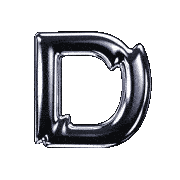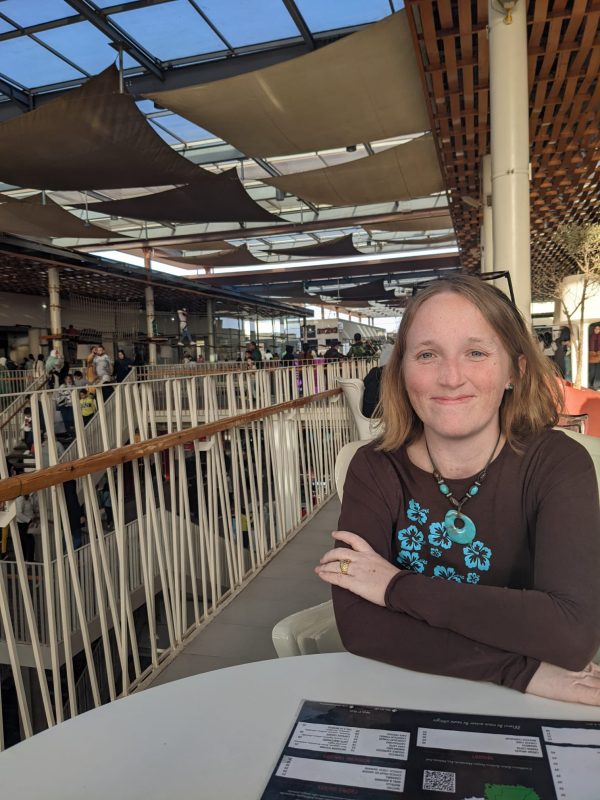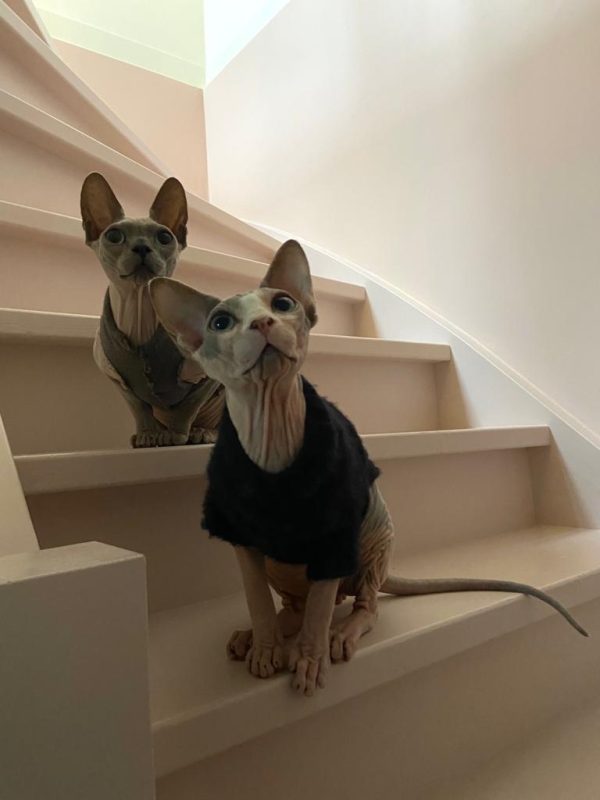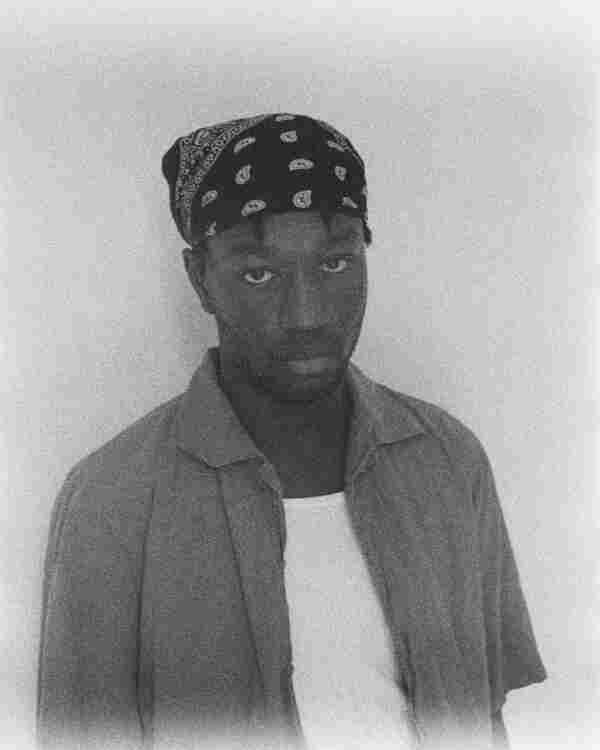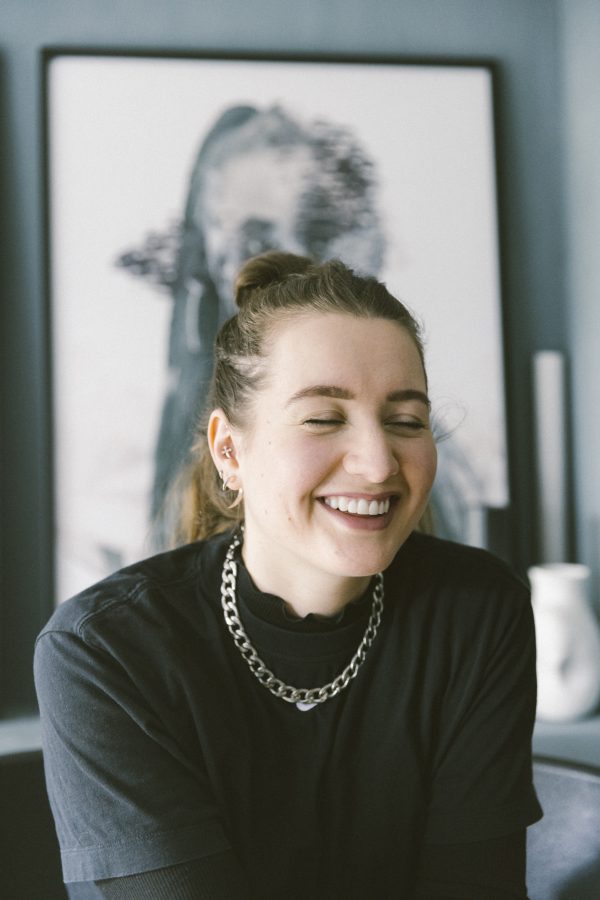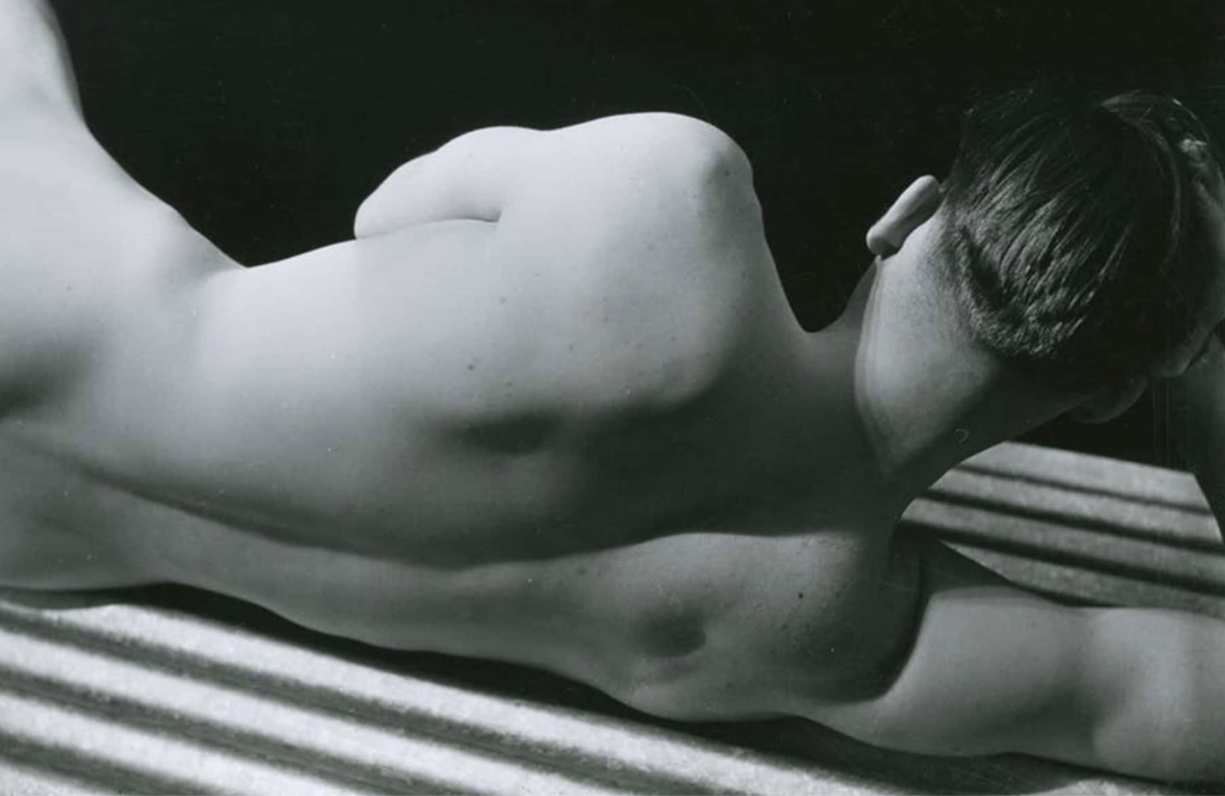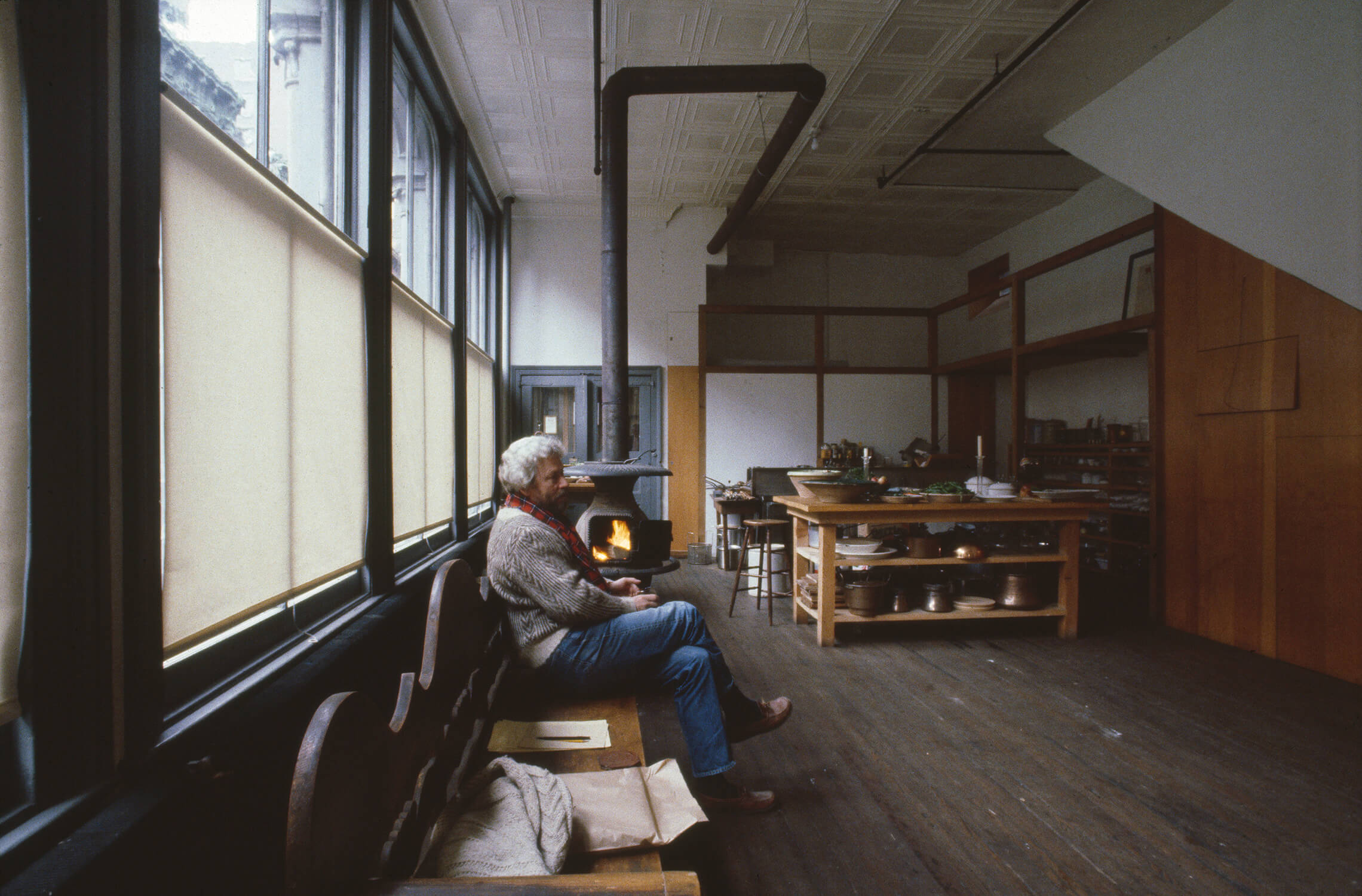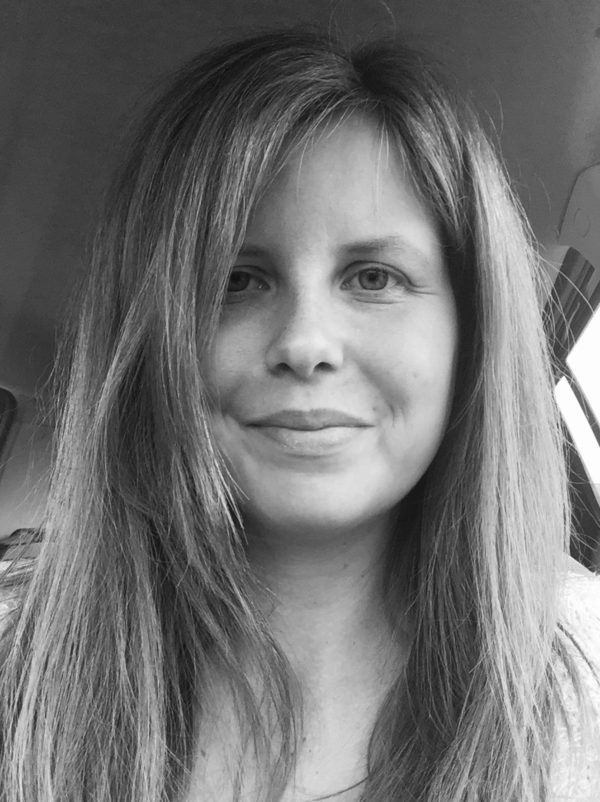Read Time 9 minutes
What does positive representation for disabled people in photography look like?
Best place to tell their own stories, disabled artists may require reasonable adjustments in order for them to make incredible work – but photography can be an inhospitable industry. From the time when disabled people were photographed as entertaining spectacles, to the ways in which they continue to be marginalised by the creative world, writer Rosemary Richings lays down the gauntlet and explores the ways we can advocate for a more positive representation.
In 1872, an American cabinet maker named Charles B. Tripp took a job with Barnum’s Circus. He was born without arms. On stage, at the so-called Greatest Show on Earth, Tripp performed tasks such as penmanship, portrait painting, and paper cutting using his legs and feet, in a cultivated ‘gentlemanly’ manner. He became known as The Armless Wonder and subsidised his income by selling autographed picture postcards of himself. Later, the circus took to the road, alongside a travelling sideshow where disabled performers played the role of circus freaks –– a moniker which Tripp advocated against until his death.
The ‘sideshow’ reached its peak in popularity during the Great Depression: in this time of economic slump many disabled people were considered unemployable by American society, and so performing as ‘human oddities’ was one of only a few viable ways to make a living. The fashionable pseudo-science Eugenics was spreading in Europe and North America around this time, generating a belief [endorsed by many public figures and prominent thinkers] that disabled people must be segregated, and discouraged from procreating in the name of ‘perfecting the human race’. Photographs from sideshows, like those of Charles B. Tripp, are reflective of this inhumane othering. In one such image, a one-legged man bites the head off a snake. The focus isn’t on who he is as a human being but on his zoo-like existence, where non-disabled spectators watch him exhibit behaviour outside the social norm.
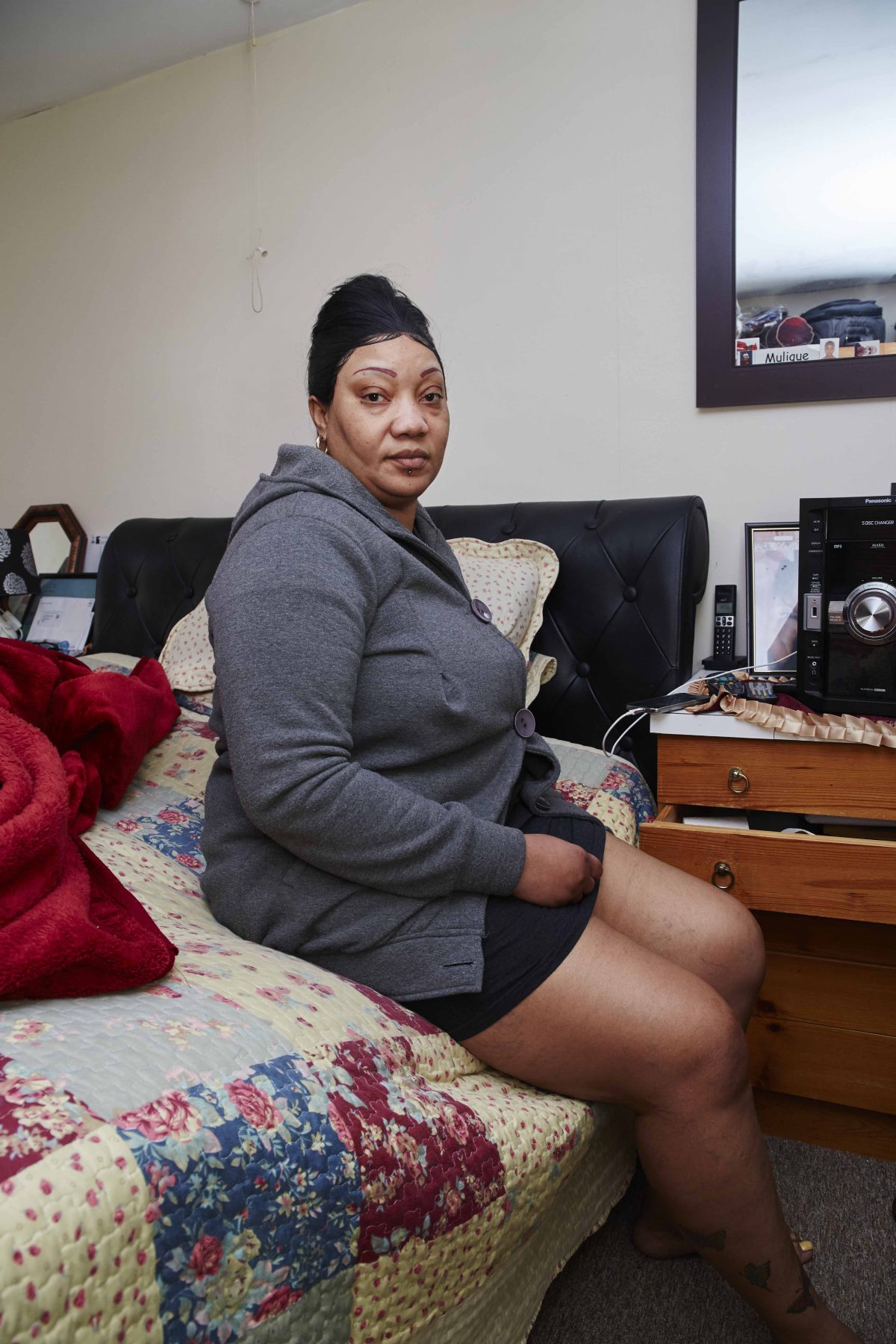
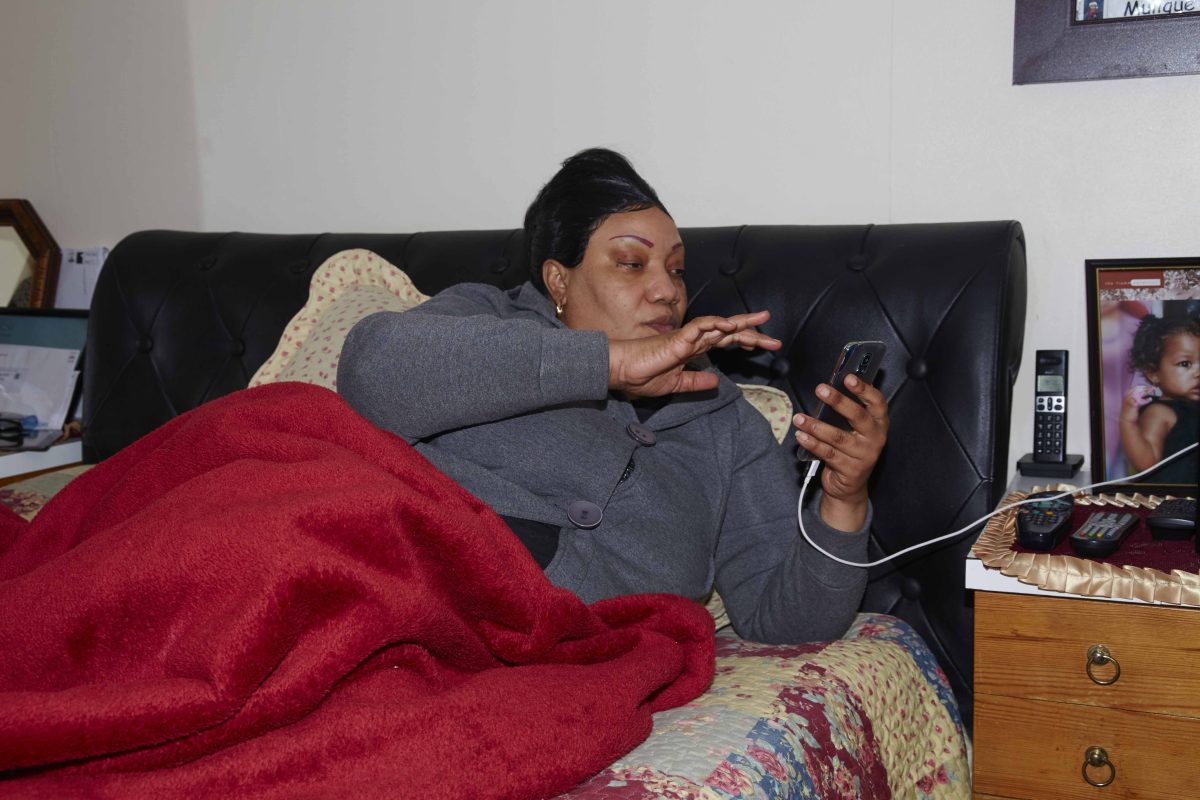
One hundred or so years later and photography still has a big problem in the way people with disabilities are represented. We’ve moved on from sideshow style ‘freak’ spectacles, but there is a more recent phenomenon that contemporary disability activists are trying to combat: inspiration porn. Inspiration porn is a term coined by disability activist Stella Young which relates to imagery showing people ‘overcome’ their disabilities, usually presented in a very patronising way. Both perspectives encourage non-disabled people to see disabled people’s lives as disposable sources of amusement, making it challenging for disabled people to escape social isolation and discrimination from their non-disabled peers.
Avoiding inspiration porn is about capturing disabled people in a respectful light, and that’s not common enough. As a disabled artist, I have always felt the same constant state of being on the outside looking in, because I often feel excluded from the spaces and opportunities only my non-disabled peers can access. Many disabled artists around me face similar realities, making it very difficult to love the camera as much as we should.


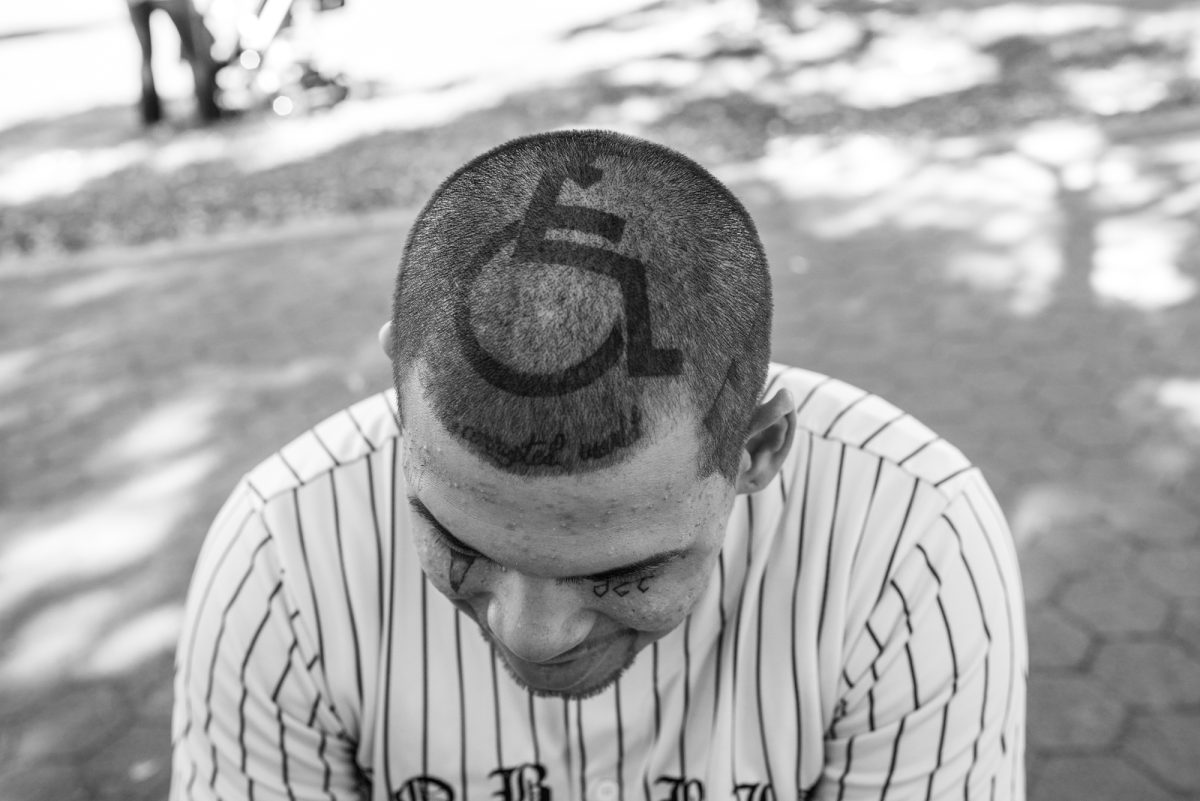
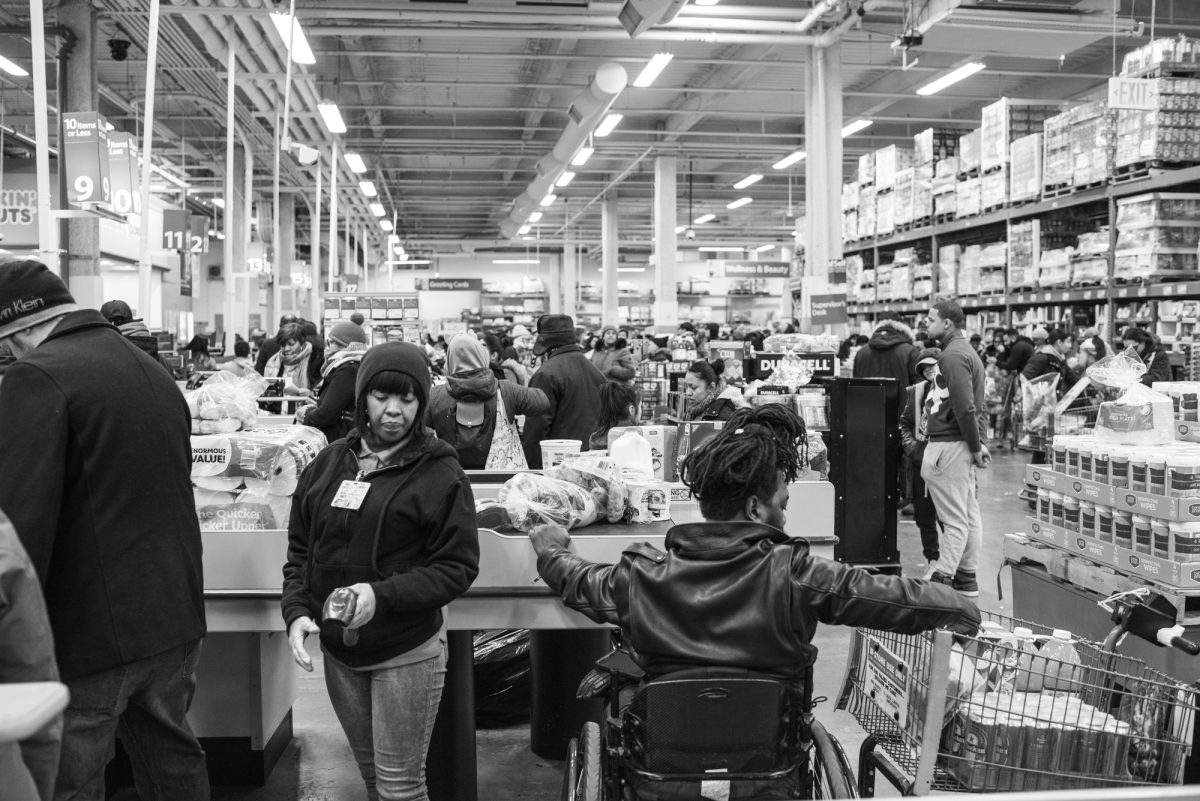
There is however, hope. A vanguard of disabled artists and image-makers are leading the way on educating the rest of the world on what best practice looks like, both for disabled people as subjects and, crucially, for those creating the work. One such artist is Nolan Trowe, a photographer who was diagnosed with incomplete paraplegia following a spinal cord injury. His powerful black and white portraits are enhanced by being gifted with the stunning natural light of the bright, California sun he lives beneath, and his intimate perspective is a product of the time and effort spent building relationships with the people he photographs. Nolan is of the view that disabled people offer a more accurate idea of their own experiences than their non-disabled peers, and so creating an environment that is friendly and accessible for disabled artists is of paramount importance. His advice for photographers is to go out there and tell their stories, but recognises that this is not without its challenges: being disabled and a photographer makes him feel like he’s navigating a privileged medium. ‘If I’m in the city,’ Nolan tells me over Zoom, ‘I can’t take public transportation five times a day because it’s inaccessible. It’s exhausting. So, I’ll tell people if they want to hire me, I need a budget for taxis.’ The immense physical and mental energy required on shoots must be a primary consideration for commissioning clients, and reasonable adjustments made accordingly.
Ensuring there is budget for on-set assistance is one such adjustment. ‘I have an assistant who helps me set up my camera and tripod. I use an app on a tablet to monitor the image and fire the camera. Because of my cerebral palsy, setting things up independently takes me a long time,’ says Dexter McLean, a UK based photographer whose work casts a spotlight on underrepresented communities.
Budget is a word of crucial importance when it comes to creating an empowering working environment for disabled artists. Scope, a disability equality charity, have estimated that the extra cost of having a disability can be up to 63% of household income [not including housing costs], in a price tag report published this year. All additional expenses happen because of, or as a means of treating, symptoms. Add this to the often exorbitant costs of being a professional photographer, not to mention the hours of unpaid work required to explain and negotiate their accessibility requirements, and it’s easy to see how money can be a significant barrier for disabled people looking to pursue a career in the arts. Until we take an active role in helping people afford what they need to monetise their love of photography, a large chunk of the disabled community will be excluded from this industry.



Regardless of disabled people’s financial situation, many urban art galleries are physically inaccessible, giving disabled people limited access to the art community. Art galleries are often difficult to enter, navigate, and get to. We need more quiet spaces, more places to sit, multiple methods of communicating instructions, less strict rules on how art can be viewed, and reliable elevator access before we can call ourselves inclusive enough. Some efforts have been made to put accessibility measures in place, but Time to Act, an arts and disability project, have surmised that the focus of these measures is limited. In 2021 they surveyed arts organisations in 42 countries and found that most arts initiatives prioritise visitor-focused accessibility: an approach based on what people need to attend, travel, and savour an event, on the assumption that disabled people only passively consume culture rather than actively contributing towards it. Behind the scenes, the story is a little different.
For disabled artists to have the best experience possible, access to reasonable adjustments should be given without having to prove their diagnosis. Removing barriers empowers disabled people to produce their best work. The most common misconceptions about reasonable accommodations are that they’re difficult to implement, or time-consuming. Speaking to disabled people about what they need to do their work effectively demonstrates how untrue this is.
Ultimately, listening to disabled people about what they need and how they want to be portrayed, and then reacting to their feedback is a sure route to positive representation – but even better is the crip-made approach. Although not typically a very politically correct term, many disabled people have reclaimed the word ‘crip’, short for ‘cripple,’ to take ownership of solutions to accessibility problems. To be crip-made is to be created by and for disabled people. According to disabled writer Leah Lakshmi Piepzna-Samarasinha: ‘It’s a subtle process of noticing each other, trying things, and negotiating. It’s about building knowledge of each other’s body and minds.’ Through the lens of punk values and aesthetics, disabled people have started an online social justice movement that raises awareness about issues that affect their lives. Cripple Punk/crip-made has made it possible for disabled stories to be shared on widely accessible online platforms and have their actual experiences prioritised over the enforcement of some kind of social conformity or moral purity –– in other words, they reject inspiration porn, and they reject having to work under inhospitable conditions. One day, I hope to live in a world where disabled people are a more regular part of life on both sides of the camera. Until then, the best thing you can do is listen and learn from disabled people’s stories, experiences, and feedback.
END
subscribe for the latest artist interviews,
historical heronies, or images that made me.
what are you in the mood for?
